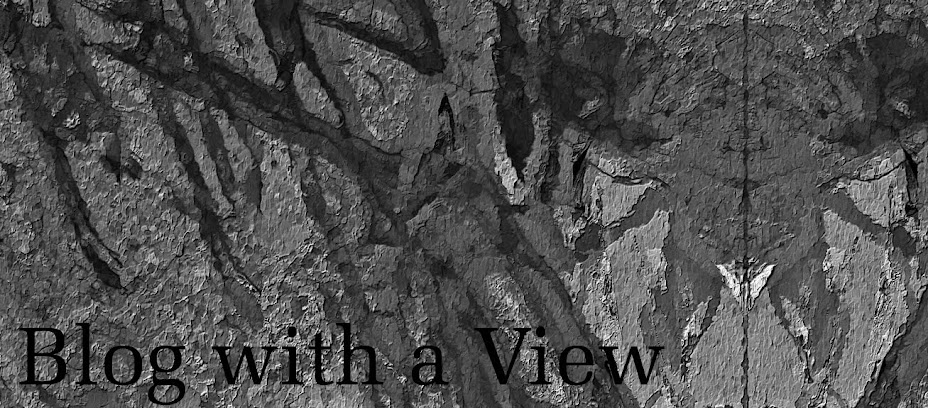Kong Agonistes (2000)
Godzilla visited the blog earlier. Today, King Kong drops by.
And the Prophet said -- And, lo, the beast looked upon the face of beauty.
And it stayed its hand from killing. And from that day, it was as one dead.
--Old Arabian Proverb
From randomhouse.com's Word of the Day:
The word Agonistes, found as an epithet following a person's name, means 'the struggler' or 'the combatant'. It is...an allusion to Milton's 1671 verse tragedy "Samson Agonistes," which recounts the end of Samson's life, when he is a blind captive of the Philistines (famous line: "Eyeless in Gaza at the mill with slaves"). The struggle that "Samson Agonistes" centers upon is the effort of Samson to renew his faith in God's support.
Probably the most famous post-Miltonic use of Agonistes is by T.S. Eliot, who titled one of his dramas Sweeney Agonistes, where Sweeney, who appeared in several of Eliot's poems, represents the materialistic and shallow modern man. Another well-known example is Garry Wills' 1969 political book Nixon Agonistes, and the word occasionally appears in headlines.
From the Internet Movie Database -- comments on King Kong (1933) by ramaken33:
It is a mistake to compare Kong technically or artistically with films from later decades. Consider the cultural context in which King Kong was produced. America was in the darkest days of the Depression. World War II was seven years away, and nobody outside of a few physicists knew what "atomic bomb" meant. Kong truly was the "Eighth Wonder of the World" just as the Empire State Building was at the time considered the greatest technological marvel. As [Merian C.] Cooper envisioned it, Kong was an adventure escapist film, offering Depression-Era audiences something that at the time would be considered the "ultimate in adventure." Whether or not Peter Jackson's proposed remake of Kong can maintain these qualities of showmanship and adventure is a matter of wait and see: to today's audiences Kong no longer represents something "all powerful" or able to "lick the world" as Carl Denham described him back in 1933. Even setting the remake in 1933 will have its difficulties, since the film will then be a period piece rather than a contemporary story, as both the original film and the 1976 remake were, and audience involvement may be more limited.
From The UnMuseum:
Kong was actually an 18 inch high, poseable model, covered with rabbit hair, that was filmed one frame at a time by stop-motion photography artist Willis O'Brien and his crew (despite some stories no man in an ape suit was ever employed) on miniature sets of the jungle and New York City. While the stop-motion technique had been around for over a decade, O'Brien and other special effect technicians were able to combine it with other techniques, such as rear projection and miniature projection, to place the actors in the shots with Kong in a way not seen before.
Rear projection had been done before, but this was the first time a cellulose-acetate screen was used. Earlier efforts had used sand-blasted glass to achieve the effect, but this limited the size of the surface of the screen. The glass screen also had a noticeable "hot spot" in the center of the projection and was a danger should it break during production. The cellulose screen was flexible and stretched over a frame like canvas. It also reduced the "hot spot" by 50 percent while giving better white highlights and intense blacks. Sidney Saunders, who invented the new screen, earned a special award from the Academy of Motion Picture Arts and Sciences for the scenes shot in Kong with this process.
From Mike McGrath's "Ten Unanswered Questions about King Kong" seen on Pop Culture Gill Net:
*What was Denham's plan for his big show? "It seems that Kong breaking free in the theater was the only boffo entertainment - it saved the show! Like Daffy Duck's famous 'dynamite trick' in the Warner Bros. cartoon; great, but you can only do it once."
*Who cleaned up the mess on the ship during Kong's trip to New York?
*Why does that guy drive, nearly unprovoked, right into the side of the hotel at the beginning of Kong's rampage? "Did this driver feel that ramming his car into a brick wall would improve his lot in this situation?"
*What did Kong do with the other girls sacrificed to him by the natives?
*Who was the Son of Kong's mom?
*Why did the natives construct a wall big enough to keep out the prehistoric beasts of Skull Island, but include a door so massive that giant beasts could use it comfortably? "They take a girl out to the altar once a month and require a door five stories high? The answer to this question is another Warner's maxim: If we don't, we ain't got no picture."
Today's image shows Kong in mournful repose -- but with an ornate flourish and regal touch.
As we all know: It was beauty killed the beast. In this regard, Kong's struggle is not unlike Milton's Samson.
However, there is one noticeable difference.
Kong has better hair.

No comments:
Post a Comment